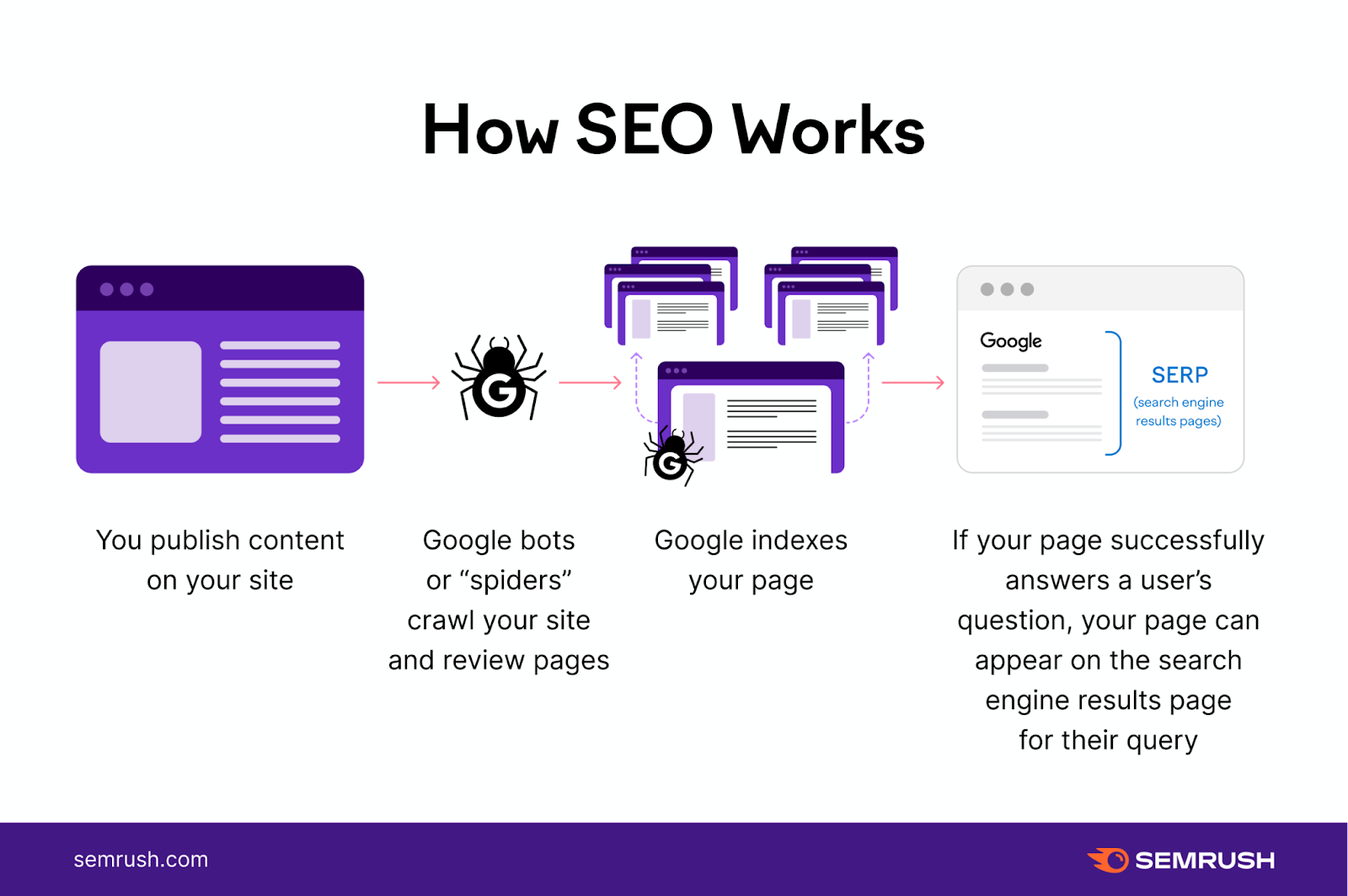Using the Power of Secondary Measurement in Google Analytics to Improve Your Advertising Approach and Drive Results
In the world of electronic advertising, the capacity to make improvements approaches and accomplish substantial outcomes is critical for services aiming to remain competitive in today's landscape. Leveraging the power of secondary measurements within Google Analytics opens a world of opportunities for marketing experts seeking to acquire much deeper understandings right into customer habits and customize their projects with accuracy. By uncovering hidden patterns and refining target market division, businesses can craft targeted methods that reverberate with their consumers on an extensive level. The prospective to gauge project performance with a granular lens further emphasizes the significance of utilizing this device to drive success.
Understanding Secondary Dimensions
When analyzing information in Google Analytics, recognizing additional dimensions is essential for acquiring deeper understandings into user actions and site efficiency. Key dimensions provide standard info such as the variety of customers or sessions, but second dimensions offer an even more thorough sight by allowing individuals to segment and assess data further. By adding a second measurement, online marketers can refine their analysis and discover beneficial patterns that may have or else gone unnoticed.
Additional dimensions in Google Analytics can be put on numerous metrics such as web traffic resources, user demographics, and behavior circulation. By combining the primary measurement of 'touchdown web pages' with the secondary measurement of 'tool category,' marketing experts can figure out which tools are driving traffic to certain touchdown web pages (what is a secondary dimension in google analytics). This information can aid maximize site style and material for far better customer experience across various gadgets
Studying Customer Actions Patterns
To efficiently comprehend customer behavior patterns, a detailed evaluation of information within Google Analytics is essential. By diving into user behavior patterns, marketing professionals can obtain beneficial insights into exactly how visitors engage with their web site, which pages are most appealing, and where possible traffic jams or drop-off factors might exist in the conversion funnel. Google Analytics provides a series of devices to assess user behavior, such as actions circulation reports, event monitoring, and goal funnels.
Behavior flow records supply a graph of exactly how individuals navigate through the website, revealing one of the most typical paths users take along with where they hand over. Occasion monitoring enables marketing experts to check certain interactions on the website, such as switch clicks or video sights, supplying a deeper understanding of user involvement. Objective funnels track the actions users take in the direction of finishing a certain goal, highlighting locations for improvement in the conversion procedure.
Enhancing Target Market Segmentation
Upon evaluating individual behavior patterns, online marketers can further maximize their strategies by boosting audience segmentation techniques in Google Analytics. Target market division permits the categorization of internet site site visitors right into certain groups based upon various attributes such as demographics, habits, and rate of interests. By using Google Analytics' second dimensions, online marketers can improve these segments even better to get deeper insights right into their audience's activities and preferences.
Enhancing audience division enables marketing professionals to create even more targeted and personalized advertising and marketing campaigns. By determining distinctive user teams, online marketers can customize their messaging, content, and provides to much better reverberate with each segment's distinct more tips here features and needs. This level of personalization can significantly boost engagement, conversion rates, and general advertising and marketing performance.
Furthermore, with enhanced audience segmentation, marketing professionals can much better recognize the client journey and enhance touchpoints along the course to conversion. By assessing how different segments connect with the website and advertising channels, marketing professionals can recognize possibilities to enhance individual experience, address discomfort factors, and eventually drive even more conversions. Generally, refining target market segmentation in Google Analytics is a powerful strategy for maximizing marketing effectiveness and driving lasting company growth.
Tailoring Advertising Campaigns
Marketing professionals can maximize their advertising campaigns by tailoring web content and messaging to fit the one-of-a-kind qualities and demands of particular target market sections. By leveraging understandings from additional measurements in Google Analytics, marketing professionals can gain a deeper understanding of their target market's habits, choices, and demographics.
With the evaluation of secondary measurements such as traffic sources, tools utilized, or geographic place, online marketers can adjust their messaging to be a lot more impactful and pertinent. A shopping business might uncover through Google Analytics that site visitors from social media networks have a greater conversion rate than those from natural search. Armed with this knowledge, the business can readjust its marketing method to concentrate much more on social networks systems to drive better results. By tailoring advertising campaigns based upon insights from secondary dimensions, organizations can optimize the effectiveness of their efforts and eventually drive much better ROI.
Gauging Project Performance

One critical element of measuring campaign efficiency is tracking conversions. By establishing objectives in Google Analytics, organizations can check specific actions taken by customers as an outcome of the project, view website such as authorizing or making an acquisition up for a newsletter. Recognizing the conversion price and the conversion course can supply useful understandings into the effectiveness of different advertising channels and messages.
Additionally, evaluating metrics such as click-through rates, bounce rates, and session period can help online marketers evaluate user engagement and the impact of the project on site traffic. By combining key metrics with second measurements in Google Analytics, companies can refine their advertising and marketing strategies, optimize project efficiency, and drive better outcomes.
Verdict
Finally, harnessing the power of second measurements in Google Analytics can offer valuable understandings into customer actions patterns, improve audience division, tailor advertising and marketing campaigns, and measure project efficiency. By utilizing this attribute efficiently, companies can fine-tune their marketing approaches and drive much better outcomes. It is vital for marketing professionals to leverage the information offered via additional measurements to make educated choices and enhance their advocate optimal effect.
